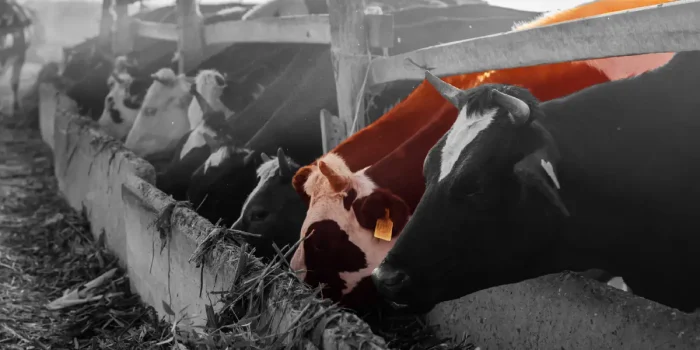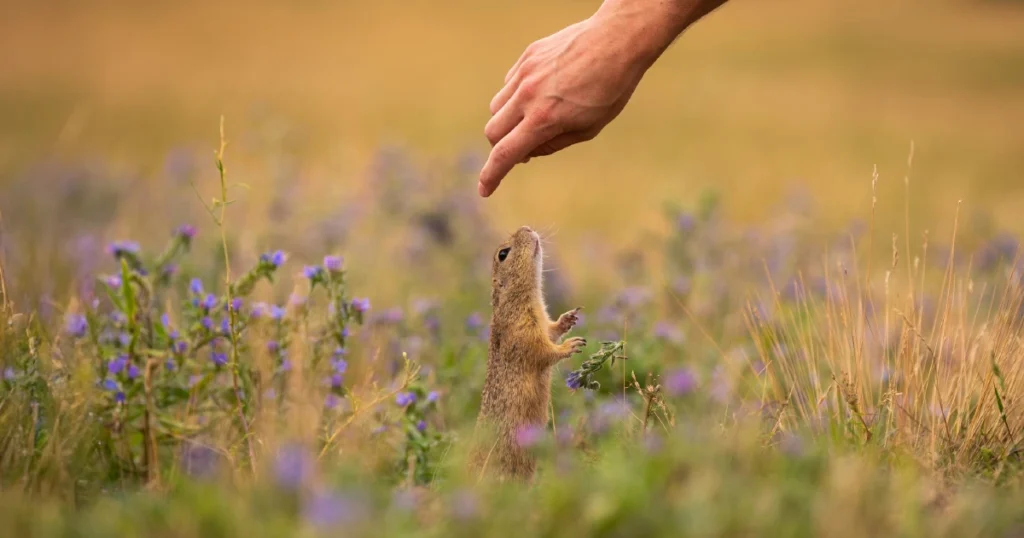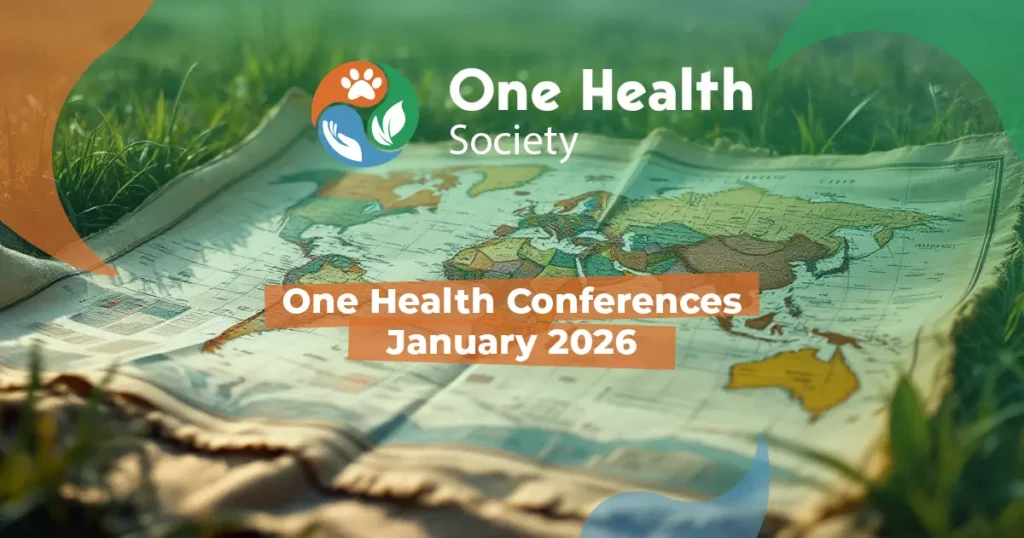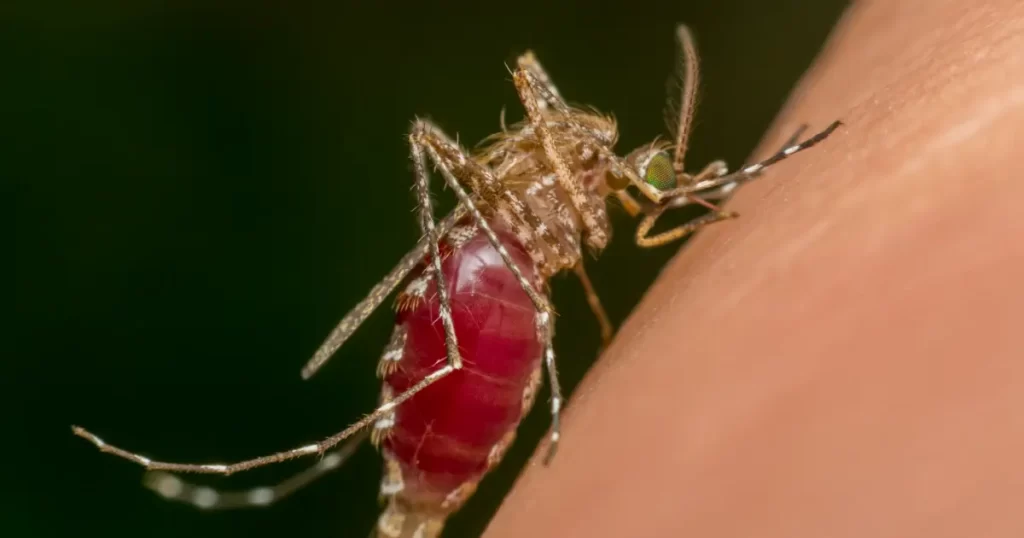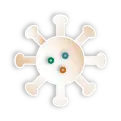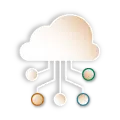Introduction
World Zoonoses Day, observed annually on July 6, honors Louis Pasteur’s historic 1885 success in administering the first rabies vaccine [5]. Beyond this milestone, the day serves as a powerful reminder of the growing threat posed by zoonotic diseases—illnesses that pass from animals to humans—and underscores the value of the One Health approach in preventing future outbreaks [3].
How can we stop the next pandemic before it even starts—by looking at the health of animals and our environment today?
Understanding Zoonotic Diseases
Zoonotic diseases, or zoonoses, are infections transmitted between animals and humans. They include viral, bacterial, parasitic, and fungal illnesses. Common examples are rabies, anthrax, brucellosis, avian influenza, and Lyme disease. According to the Centers for Disease Control and Prevention (CDC), 60% of known human infectious diseases and 75% of new or emerging diseases originate from animals [1].
Transmission pathways include direct contact with infected animals, contaminated food or water, and exposure through vectors such as ticks or mosquitoes. Deforestation, agricultural intensification, and climate change have accelerated interactions between wildlife, livestock, and humans—creating fertile ground for disease spillover [2].
The One Health Approach
One Health recognizes the interdependence of human, animal, and environmental health. It calls for collaboration across sectors—veterinarians, ecologists, medical doctors, and public health authorities—to anticipate and mitigate health threats at their source [3].
This interdisciplinary model enables early detection of zoonotic pathogens and fosters integrated disease surveillance. It also emphasizes sustainable land use, biodiversity protection, and animal welfare—key levers for reducing zoonotic risk.
Why World Zoonoses Day Matters
Although its historical roots are tied to rabies, World Zoonoses Day addresses a wider mission: raising awareness of zoonotic threats and promoting practical, community-level actions [4].
The COVID-19 pandemic has shown how swiftly zoonotic pathogens can disrupt global systems, economies, and societies.
This day serves as a public education tool and a policy catalyst. Government agencies, health institutions, and NGOs often use the occasion to disseminate information about zoonotic risks, vaccination programs, and food safety standards. In schools, museums, and community centers, it’s also a moment for educational campaigns about responsible pet ownership and wildlife interaction.
Preventive Strategies for Zoonotic Disease Control
Effective prevention begins with simple, evidence-based practices:
- Animal Vaccination: Routine rabies and anthrax immunizations in pets and livestock protect human health indirectly.
- Improved Sanitation: Clean water, proper waste disposal, and hygienic animal farming practices limit cross-species transmission.
- Safe Food Handling: Cooking meat thoroughly and avoiding raw dairy products reduces foodborne zoonoses.
- Vector Control: Managing tick and mosquito populations lowers the risk of diseases like Lyme and West Nile virus.
- Public Engagement: Education on how to avoid risky wildlife encounters can be transformative in both rural and urban areas.
Governments are increasingly adopting biosecurity protocols, digital disease tracking, and One Health frameworks to better prepare for zoonotic threats. When communities are trained and equipped, localized responses to emerging infections become quicker and more effective.
One Health in Action
World Zoonoses Day is also a practical illustration of the One Health approach.
For instance, when veterinarians report increased brucellosis in cattle, public health officials can investigate potential human exposure. When ecologists track changes in bat migration, medical researchers can model future spillover risks.
By uniting fragmented data and expertise, One Health transforms siloed surveillance into collective preparedness. It promotes a preventive model of global health, prioritizing root causes rather than reactive treatments.
Conclusion
World Zoonoses Day is more than a date on the calendar—it’s a critical opportunity to unite science, policy, and public awareness in addressing one of the greatest challenges of our interconnected era.
As we commemorate Pasteur’s breakthrough [5], we also reaffirm our commitment to preventing zoonotic diseases through a holistic, cooperative, and evidence-driven framework.
Protecting human health means protecting animal welfare and environmental balance—principles at the core of One Health.
References
- National Today,World Zoonoses Day – July 6. Available at: https://nationaltoday.com/world-zoonoses-day/
- TRVST (2024) World Zoonoses Day: Protecting Our Health through Vaccination. Available at: https://www.trvst.world/mind-body/world-zoonoses-day/
- World Health Organization (2021) World Zoonosis Day 6 July: Online learning supports governments to operationalize a One Health approach in countries. Available at: https://www.who.int/news/item/07-07-2021-world-zoonosis-day-6-july-online-learning-supports-governments-to-operationalize-a-one-health-approach-in-countries
- Food and Agriculture Organization of the United Nations (2022) World Zoonoses Day – One Health. Available at: https://www.fao.org/one-health/resources/events/events-detail/world-zoonoses-day/en
- Centers for Disease Control and Prevention (CDC). (1985) Historical Perspectives: A Centennial Celebration—Pasteur and the Modern Era of Immunization. Available at: https://www.cdc.gov/mmwr/preview/mmwrhtml/00000572.htm

